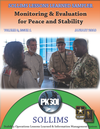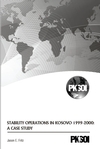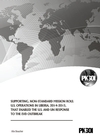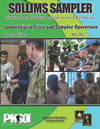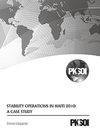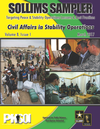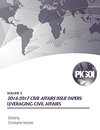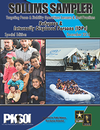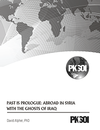JP 3-07.3 Peace Operations
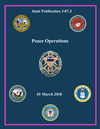
JP 3-07.3 Peace Operations are activities intended to build, keep, enforce, or make peace, or when necessary, prevent conflict. They include crisis response and limited contingency operations and frequently involve international military missions to contain conflict, restore peace, and shape the strategic security environment to support reconciliation and rebuilding, as well as to facilitate the transition to legitimate governance. They include peacekeeping operations (PKO), peace building, peacemaking, conflict prevention, and peace enforcement operations (PEO). Peace operations may be conducted under the sponsorship of the United Nations (UN), another international organization, within a coalition of nations, or unilaterally. The UN and other international organizations often refer to a peace operations organization as a mission.
To read JP 3-07.3 Peace Operations on JDEIS (CAC required) : JP 3-07

